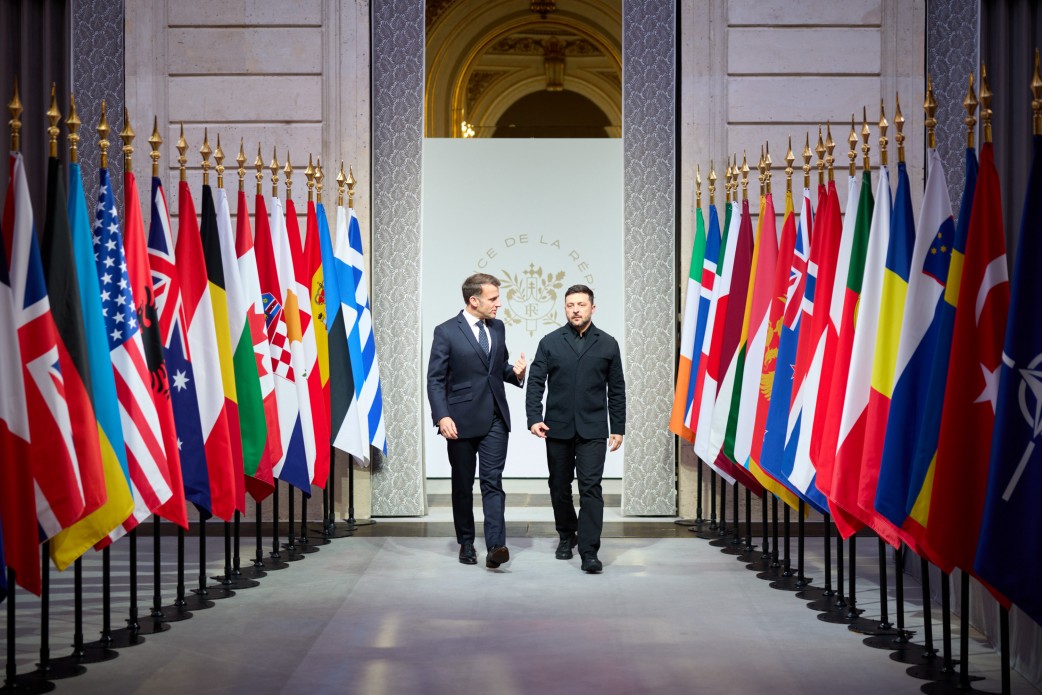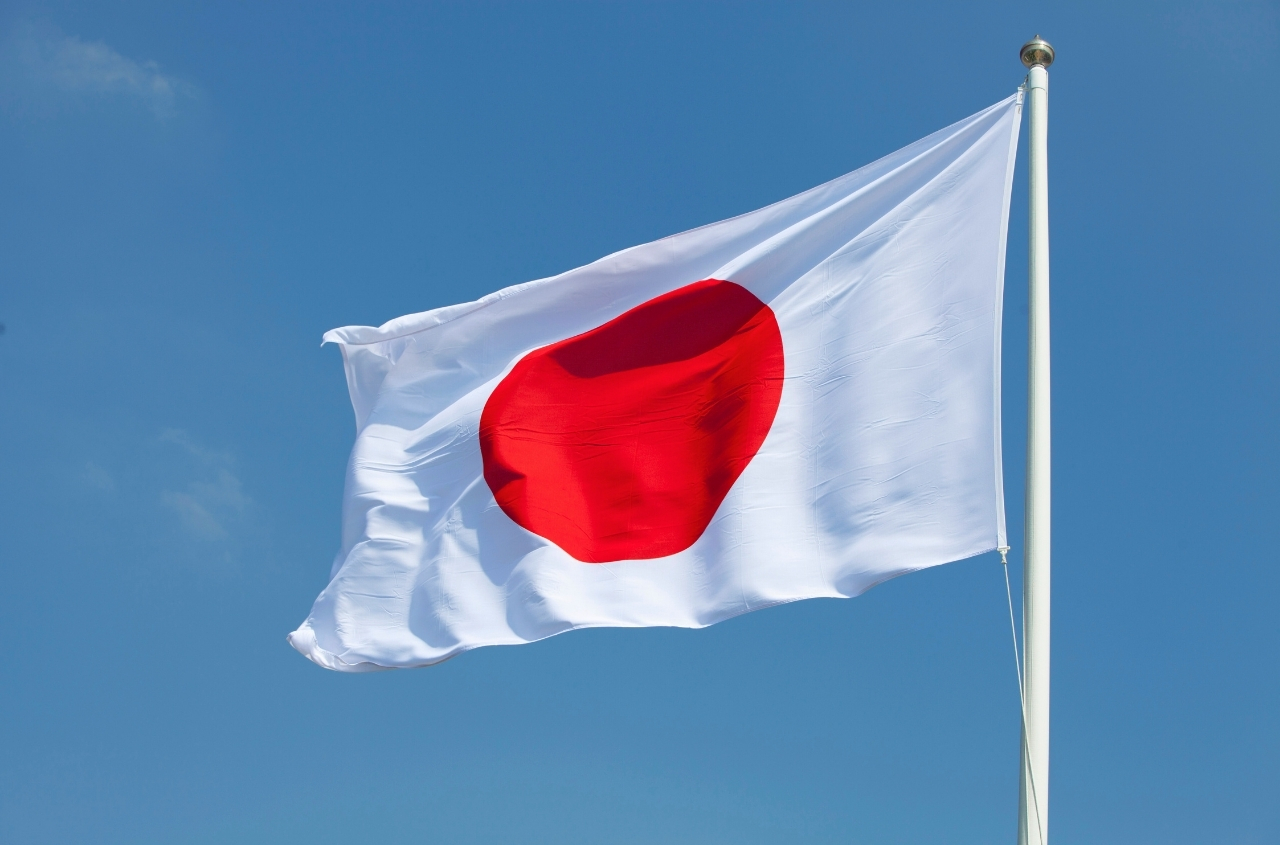Chersonesus Taurica was an ancient Greek settlement in the Northern Black Sea region. Founded by colonists from Ancient Greece in the 6th century BC, the city became a significant political, economic, and cultural center of the region.
However, recently, Evelina Kravchenko, a senior researcher at the Institute of Archaeology of the National Academy of Sciences of Ukraine, stated that Russians have destroyed the remains of the ancient settlement in the currently occupied Crimea.
Here are 10 of the most important facts from the history of the destroyed city:
Etymology of the Name
The name of the city Chersonesus translates from Greek as "peninsula." Chersonesus was located on a cape between two bays — the winding Karantinna Bay and the small, round Sandy Bay. The term "Taurica" referred to the warlike tribe inhabiting the neighboring mountainous regions, hence the city was called "Taurian," meaning "located on the territory of the Tauri." The history of Chersonesus dates back to the 6th century BC.
Trade
Due to its advantageous geographical location, Chersonesus was one of the most important trading centers of the Northern Black Sea region. The city engaged in lively trade with Greek city-states, the Roman Empire, and various barbarian tribes.
Under the Rule of the Roman Empire
During the Greek dominance in the Mediterranean, Chersonesus was a slave-owning republic with a democratic form of government. Throughout its existence, Chersonesus had to wage wars. From the 1st century BC, it fell under the control of the Roman Empire and served for a long time as a stronghold of its expansionist policy in the Northern Black Sea region.
Volodymyr the Great and the Introduction of Christianity
According to the chronicle "Primary Chronicle," in 988, Prince Volodymyr the Great captured Chersonesus. His campaign was prompted by Byzantine Emperor Basil II's failure to fulfill his promises: the sister of the emperor, Anna, who was supposed to become Volodymyr's wife, never arrived in Kyiv.
After a long siege, the prince seized the city. Consequently, Emperor Basil II was compelled to give Anna in marriage to Volodymyr, but he demanded that Volodymyr accept Christianity. Volodymyr complied with the demand and was baptized in Chersonesus. Following this, Princess Anna became his wife, and the city was returned to Byzantium as ransom for the bride.
Stability of Traditions
The central square of Chersonesus was laid during the city's construction and retained its functions throughout its existence. Traditionally, temples were built on it: initially ancient ones, and later Christian ones. Currently, the central square of Chersonesus Taurica is dominated by the St. Vladimir Cathedral, restored on the site of its demolished predecessor built in the 19th century.
Gladiatorial Fights
The ancient theater in Chersonesus, built at the turn of the 3rd and 4th centuries, served as an arena for public gatherings, festivals, and gladiatorial fights. The amphitheater's stairs could accommodate from 1,500 to 2,000–3,000 spectators, almost all the free men—citizens of the then Chersonesus. However, the theater was abandoned and later completely built over with temples following the introduction of Christianity in the Roman Empire.
"Basilica in Basilica"
The medieval church received its name because one sanctuary was built on the ruins of another. The placement of the late basilica over the early one was common throughout Chersonesus. Later, smaller churches were also built in the central naves of the Eastern, Uvarov, Northern, and other basilicas.
Archaeological Excavations
The beginning of official archaeological excavations in Chersonesus is considered to be in 1827. By the order of the then-governor of Sevastopol, the chief commander of the Black Sea Fleet and ports, Vice Admiral Greig, Christian churches were sought here. The maritime officer Lieutenant Kruze supervised the work. At that time, remains of three churches, cisterns, and the city aqueduct were found.
Crimean War
In 1850, a small St. Vladimir's Monastery for men was founded in the center of the ancient settlement. During the Crimean War (1853–1856), French forces destroyed and looted the monastery. The French built artillery batteries on the ruins of Chersonesus from which they bombarded Russian fortifications.
UNESCO
In 2013, the archaeological site "Chersonesus Taurica with the Chora of Chersonesus" was inscribed on UNESCO's World Heritage List.
_1719499200.jpg/fwdiBviocYSNShdu9sYbAEeEbxDCLY2VZAyJQL6a.jpg)





















